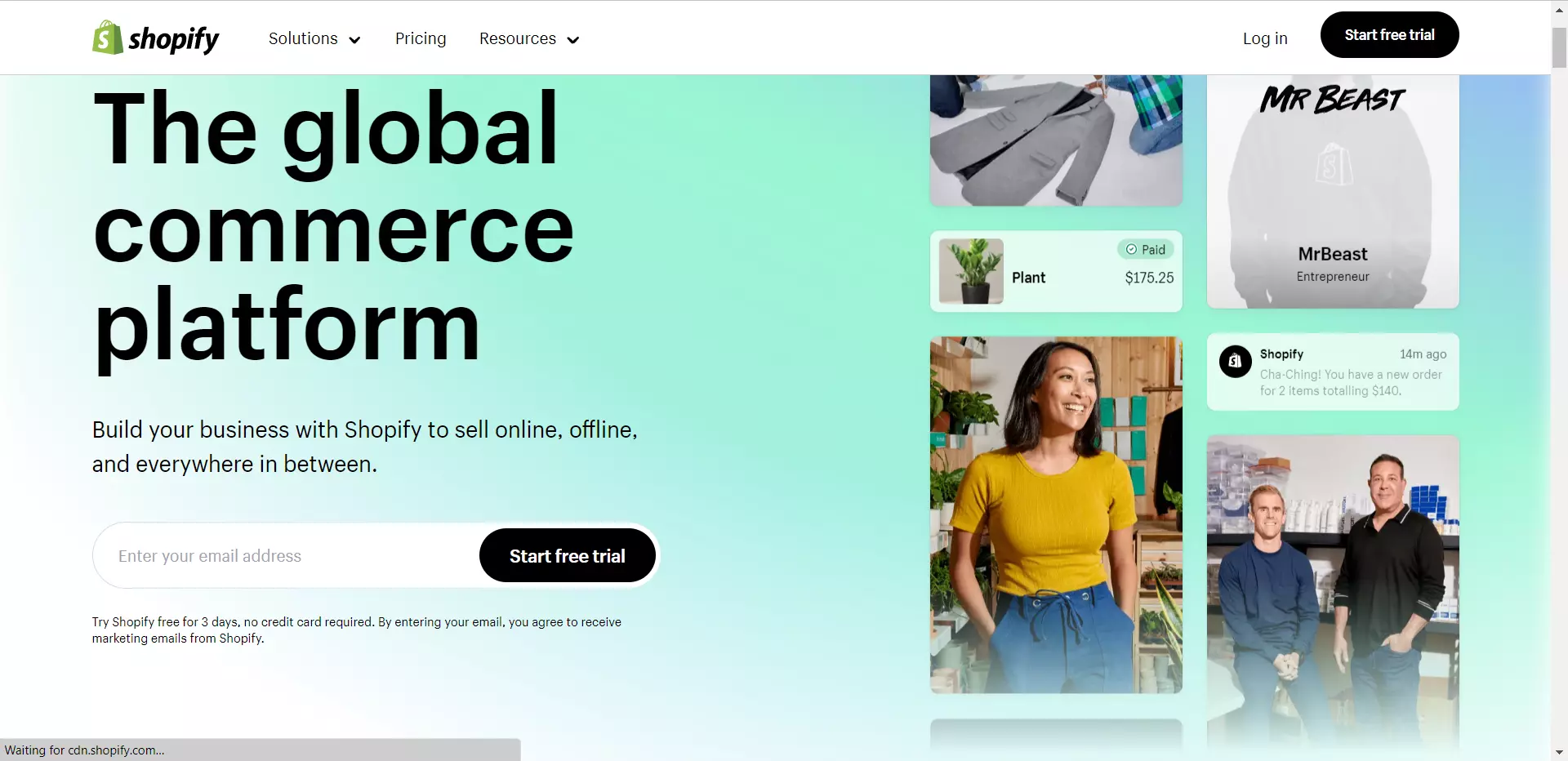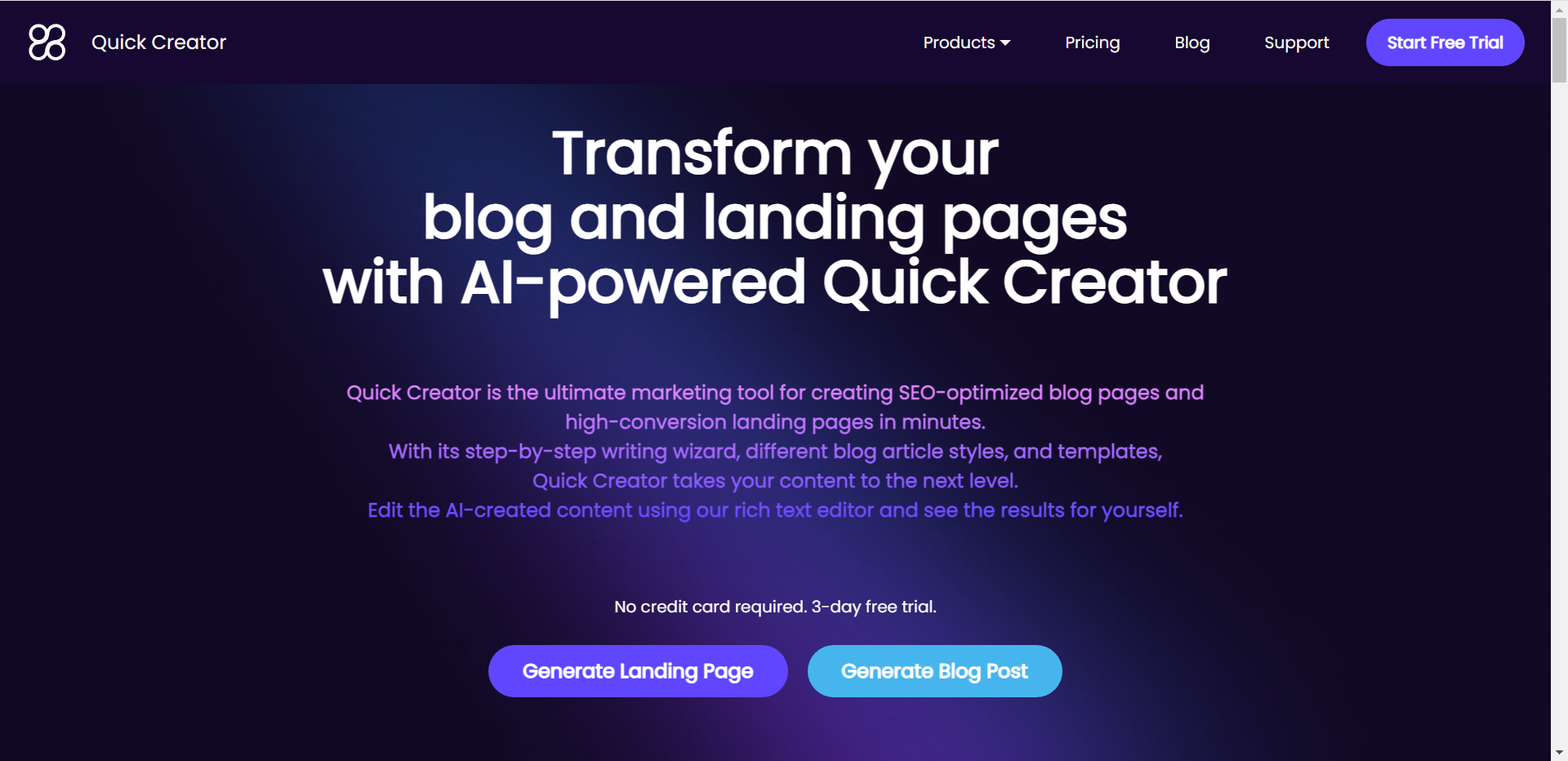How to Add SEO on Shopify: A Step-by-Step Guide
Introduction
In today's digital age, having a strong online presence is crucial for businesses of all sizes. For Shopify store owners and managers, this means improving their website's search engine optimization (SEO) to increase visibility and drive traffic. By optimizing with relevant keywords, meta tags, and descriptions, you can improve your website's ranking in search engine results pages (SERPs), making it easier for potential customers to find you.
But what exactly is SEO? In simple terms, it refers to the process of optimizing your website so that it appears higher in SERPs when users search for relevant keywords. This involves a variety of techniques, including keyword research, on-page optimization, link building, and more.
At its core, SEO is about understanding what your target audience is searching for and delivering content that meets their needs. By doing so, you can attract more visitors to your website and ultimately increase sales.
So why is improving SEO important for Shopify store owners specifically? First and foremost, it can help you stand out from the competition. With millions of websites vying for attention online, anything you can do to improve your visibility is crucial.
In addition to helping you stand out from the crowd, improving SEO can also lead to increased traffic and sales. By appearing higher in SERPs for relevant keywords, you'll be more likely to attract visitors who are actively searching for products like yours. And as we all know, more visitors often translates into more sales.
Finally, improving SEO can also help build trust with potential customers. When people see that your website appears at the top of search results for relevant keywords, they're more likely to view you as an authority in your industry. This can lead to increased brand awareness and loyalty over time.
Researching Relevant Keywords
Researching relevant keywords is the first and most important step in optimizing your Shopify store for SEO. By identifying the right keywords, you can attract more traffic to your website and increase your chances of making a sale. One way to do this is by using keyword research tools.
There are many tools available that can help you find relevant keywords for your products. Some popular options include Google Keyword Planner, SEMrush, Ahrefs, and Moz Keyword Explorer. These tools allow you to enter a seed keyword related to your product or niche and generate a list of related keywords based on search volume and competition.
When using these tools, it's important to focus on long-tail keywords rather than broad terms. Long-tail keywords are longer phrases that are more specific to your product or niche. For example, instead of targeting the keyword "shoes," you might target "women's running shoes" or "men's dress shoes." Long-tail keywords have less competition than broad terms and tend to be more targeted, which can result in higher conversion rates.
Once you've identified a list of relevant long-tail keywords, it's important to analyze their search volume and competition level. Search volume refers to how many people are searching for that particular keyword each month. Competition level refers to how difficult it is to rank for that keyword in search engine results pages (SERPs). Ideally, you want to choose keywords with high search volume and low competition.
In addition to using keyword research tools, you can also look at what your competitors are doing. Analyze their websites and identify the keywords they're targeting. This can give you ideas for new keywords to target as well as insights into what's working in your niche.
Writing Unique Meta Tags and Descriptions
When it comes to improving your Shopify store's SEO, writing unique and compelling meta tags and descriptions is crucial. These elements provide a brief summary of the content on your page and help search engines understand what your website is all about. Here are some tips for writing effective meta tags and descriptions:
Including relevant keywords
One of the most important things to keep in mind when writing meta tags and descriptions is to include relevant keywords. These are the words and phrases that people are searching for when looking for products or services like yours. By including these keywords in your meta tags and descriptions, you can help your website rank higher in search engine results pages.
Writing for the user
While it's important to include keywords in your meta tags and descriptions, it's equally important to write for the user. Your meta tags and descriptions should provide a clear and concise summary of what users can expect to find on your page. Make sure your language is easy to understand and avoid using industry jargon or technical terms that might confuse users.
Keeping it concise
Meta tags and descriptions should be short and sweet. Most search engines only display the first 60-70 characters of a meta tag or description, so make sure you're getting your point across in a clear and concise way. Use active language and avoid filler words or phrases that don't add any value.
Avoiding duplicate content
Finally, it's important to avoid using duplicate meta tags and descriptions across multiple pages on your website. Each page should have its own unique meta tag and description that accurately reflects the content on that page. Duplicate content can confuse search engines and make it harder for your website to rank well in search results.
By following these tips for writing effective meta tags and descriptions, you can help improve your Shopify store's SEO and drive more traffic to your website. Don't underestimate the power of these small but mighty elements – they can make a big difference in how your website performs in search engine results pages.
Adding Alt Text to Images
When it comes to optimizing your Shopify store for SEO, adding alt text to images is an important step that should not be overlooked. Alt text, or alternative text, is a brief description of an image that appears in place of the image if it fails to load. Search engines use alt text to understand what an image is about, so adding relevant alt text can help improve your website's visibility in search engine results pages.
To add alt text to images on Shopify, simply edit the image and enter a short description in the "Alt Text" field. Make sure your descriptions are concise but descriptive, and include relevant keywords if possible. Avoid using generic terms like "image" or "photo" as these do not provide any useful information to search engines.
It's also important to note that adding alt text is not only beneficial for SEO purposes but also for accessibility reasons. Visually impaired users rely on screen readers to navigate websites, and alt text helps them understand what images are on a page. By providing accurate and descriptive alt text, you can ensure that all users are able to fully engage with your content.
In summary, adding alt text to images is a simple yet effective way to improve the SEO and accessibility of your Shopify store. Take the time to write concise and relevant descriptions for each image on your website, and you'll be well on your way to driving more traffic and improving user engagement.
Creating a Sitemap
A sitemap is a file that lists all the pages on your website, and it's essential for improving your SEO. By submitting a sitemap to search engines like Google, you're helping them crawl and index your site more efficiently. This can lead to better visibility in search engine results pages (SERPs) and ultimately drive more traffic to your Shopify store.
To create a sitemap on Shopify, first, log in to your account and navigate to the Online Store section. From there, click on Preferences, then scroll down until you see the option for "Search engine listing preview." Click "Edit website SEO" and select "Enable canonical URLs" if it's not already enabled.
Next, click on the "Generate Sitemap" button at the bottom of the page. This will create an XML file that lists all of your website's pages. You can then download this file and submit it to Google Search Console.
Submitting your sitemap to Google Search Console is easy. First, log in to your account and navigate to the Sitemaps section under the Index tab. Then, click on the "Add/Test Sitemap" button at the top right-hand corner of the page. Enter the URL of your sitemap (e.g., https://www.yourstore.com/sitemap.xml) into the field provided and click "Submit."
Once you've submitted your sitemap, it may take some time for Google to crawl and index all of your pages. However, by regularly updating your sitemap with new pages or changes to existing ones, you can ensure that search engines are always up-to-date with your content.
In summary, creating a sitemap is an important step in optimizing SEO for your Shopify store. By making it easier for search engines to crawl and index your site's pages, you can improve visibility in SERPs and increase organic traffic. So don't overlook this critical aspect of SEO – take some time today to create a sitemap for your Shopify store!
Using Quick Creator for SEO-Optimized Blog Content
Quick Creator is a powerful tool for creating SEO-optimized blog content based on your products. With Quick Creator, you can easily generate high-quality blog posts that are tailored to your target audience and optimized for search engines. The platform uses advanced algorithms to analyze your products and generate unique, compelling content that is designed to drive traffic and boost your search engine rankings.
To use Quick Creator, simply sign up for an account and enter your product URL. The platform will then analyze your product data and generate a list of potential blog topics and keywords. You can choose from these topics or create your own, and the platform will generate a fully optimized blog post based on your selection.
One of the great things about Quick Creator is that it takes care of all the technical details of SEO optimization for you. The platform automatically adds relevant meta tags, descriptions, and keywords to each post, ensuring that they are fully optimized for search engines. This saves you time and effort while still delivering high-quality content that drives traffic to your Shopify store.
In addition to generating blog content, Quick Creator also provides detailed analytics on how each post is performing. You can track metrics like impression, clicks, conversion rates, and more, allowing you to optimize your content strategy over time.
Overall, using Quick Creator is an effective way to improve SEO for your Shopify store without having to spend hours researching keywords or writing blog posts from scratch. By leveraging the power of this innovative platform, you can quickly create high-quality content that drives traffic and boosts your search engine rankings. So why wait? Sign up for Quick Creator today and start optimizing your Shopify store for success!



